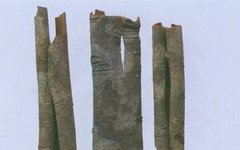Cinnamon
【Source】 The dried bark of the plant Cinnamomum cassia from the Lauraceae family.
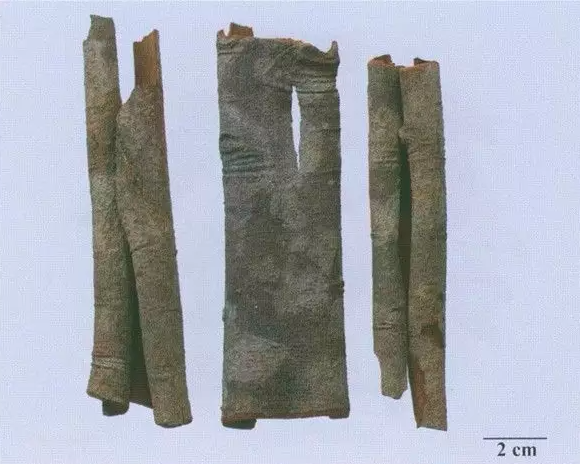
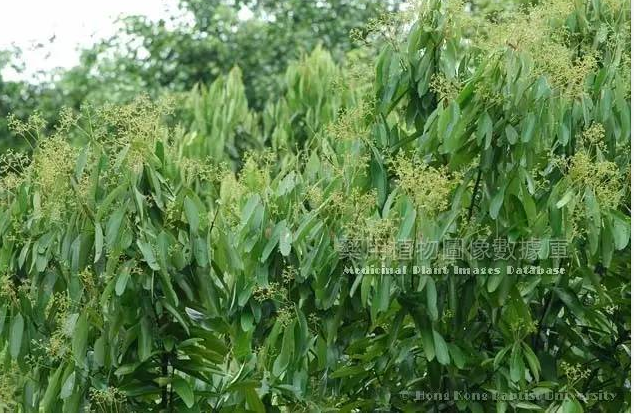
【Origin】
Mainly produced in provinces such as Guangxi and Guangdong, with some production in Yunnan and Fujian. Most are cultivated varieties.
【Harvesting and Processing】
Harvested in two periods each year, the first from April to May, and the second from September to October, with the second period yielding larger quantities, stronger aroma, and better quality.
【Identification of Characteristics】
Herb is in a channel or rolled shape, 30-40 cm long, with a width or diameter of 3-10 cm, and a thickness of 0.2-0.8 cm. The outer surface is gray-brown, slightly rough, with irregular fine wrinkles and transverse raised pores, some showing gray-white spots; the inner surface is reddish-brown, relatively flat, with fine longitudinal lines, and shows oily marks when scratched. It is hard and brittle, easily broken, with an uneven fracture surface, the outer layer is brown and rough, while the inner layer is reddish-brown and oily, with a yellow-brown line pattern in between. The aroma is strong, with a sweet and spicy taste.
Quality is best when it is unbroken, heavy, with a fine outer skin, thick flesh, a purple-red fracture surface, high oil content, strong aroma, sweet and spicy taste, and minimal residue when chewed.
Processed Slices are the same as the herb.
【Microscopic Identification】
Powder Most fibers are scattered singly, elongated, with a diameter of about 50 μm, thick-walled, lignified, and with indistinct pores. Stone cells are round or square-shaped, thick-walled, some with a thin side, with a diameter of 32-88 μm. Oil cells are round or elongated.
【Chemical Composition and Pharmacological Effects】
1. Main Chemical Components and Their Structures in Cinnamon Cinnamon bark contains 1% to 2% volatile oil. The Chinese Pharmacopoeia uses cinnamaldehyde as the indicator component for content measurement and uses volatile oil as a quality control indicator, requiring a content of no less than 1.2% (ml/g). The main component in the oil is cinnamaldehyde, accounting for 75% to 85%, along with small amounts of cinnamyl acetate, cinnamic acid, and phenylpropyl acetate. Additionally, it contains cinnamyl alcohol D1, D2, D3, epicatechin, catechin, coumarin, choline, and β-sitosterol. The chemical structure is as follows.
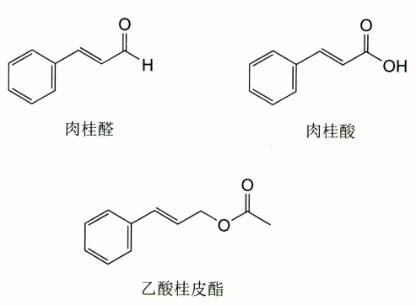
2. Pharmacological Effects of Cinnamon Cinnamon has anti-ulcer, anti-diarrheal, and choleretic effects, and also lowers blood sugar and blood lipids. The anthocyanin components in cinnamon have anti-diabetic pharmacological effects. Cinnamaldehyde, which accounts for about 80% of cinnamon’s volatile oil, has strong antibacterial properties, and modern studies show that cinnamon’s volatile oil has good in vitro antibacterial effects against both Gram-positive and Gram-negative bacteria.
【Flavor and Meridian Affinity】 Spicy, sweet, and hot. It enters the Kidney, Spleen, Heart, and Liver meridians.
【Characteristics】
This product is spicy and sweet, hot, warming, and dispersing, with a thick and pure Yang energy. It enters the Kidney meridian, gently tonifying Kidney Yang and assisting fire to support Yang or guiding fire back to the source. It enters the Liver, Heart, and Spleen meridians, dispelling cold and alleviating pain; warming and unblocking the meridians, promoting blood circulation and dispersing stasis. It assists Yang but is not as strong as Aconite, generally not used for reviving Yang from collapse. It excels in tonifying Yang, dispelling Yin, gently tonifying Kidney Yang, and guiding fire back to the source, and is also a key herb for assisting fire and supporting Yang; it also enters the blood aspect, effectively warming and unblocking the meridians, improving microcirculation, and is suitable for blood stasis with cold.
【Effects】 Tonifies fire and supports Yang, guides fire back to the source, dispels cold and alleviates pain, warms and unblocks the meridians.
【Indications】
(1) Kidney Yang deficiency, decline of Mingmen fire leading to impotence, cold uterus, and cold limbs.
(2) Lower source deficiency cold, with floating Yang leading to heat above and cold below.
(3) Yang deficiency with cold in the middle, leading to abdominal cold pain, reduced appetite, and loose stools.
(4) Cold stagnation and blood stasis leading to dysmenorrhea, amenorrhea, cold hernia abdominal pain, cold damp bi pain, and low back pain.
(5) Yin sores, abscesses that do not rupture or do not heal after a long time.
【Compatibility】
Cinnamon combined with Aconite: Cinnamon is spicy, sweet, and hot, functioning to tonify fire and support Yang, dispel cold and unblock the meridians; Aconite is spicy and hot, functioning to tonify fire and support Yang, dispel cold and alleviate pain. The combination of these two herbs strongly tonifies fire and supports Yang, dispelling cold and alleviating pain, suitable for treating Kidney Yang deficiency, Spleen and Kidney Yang deficiency, and severe internal cold conditions.
【Dosage and Administration】
Oral administration: decoction, 1~5g, taken after; powdered, 1~2g per dose; or included in pills or powders. Those harvested from coarse branches or young tree bark are called Guo Gui, which have weaker effects, and the dosage can be appropriately increased.
【Precautions】
This product is spicy and hot, assisting fire and moving blood, thus it is contraindicated for pregnant women and those with internal heat, blood heat, or Yin deficiency with excess fire. Avoid using with red lead.
To let you know, WeChat has been updated! If you neither★star me nor have liked or “looked at” my articles, the system will assume you do not need information related to the pharmacist qualification exam, and in the end, you will not receive our exam reminders and study materials.
To avoid delaying your studies, quickly follow the steps below to ★star me!
 !
!
Immediately star · Learn daily essentials
① Click on Haichuang Cloud Classroom
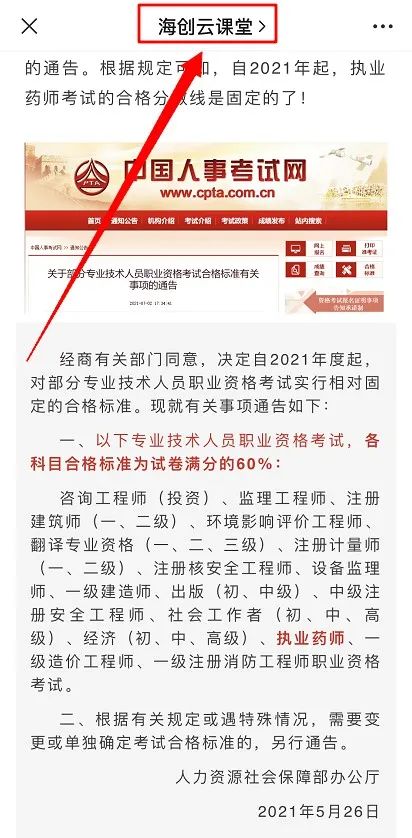
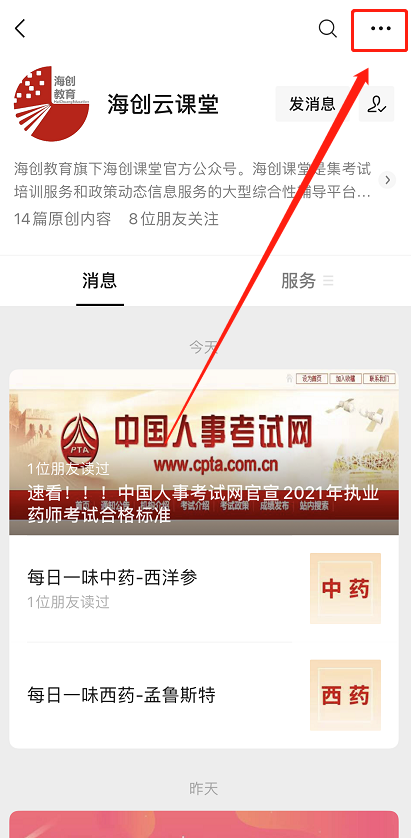
② Click on the upper right …
③ Set as starred
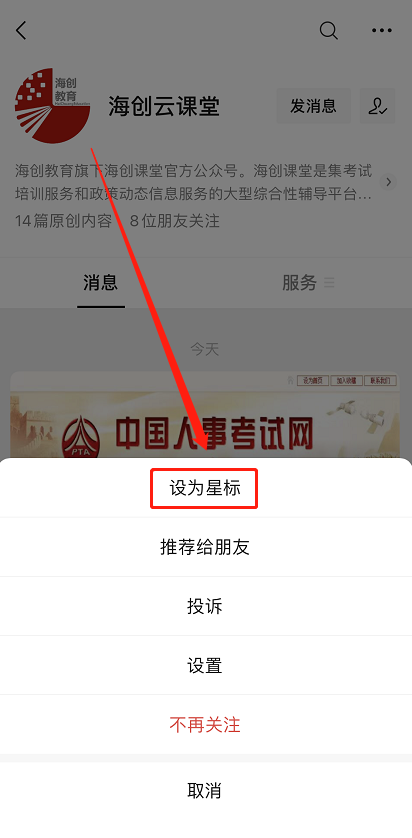

Click to share

Click to like

Click to view

